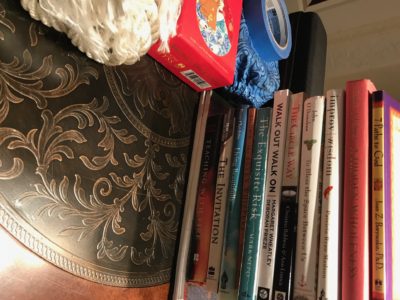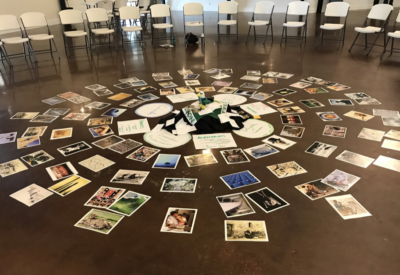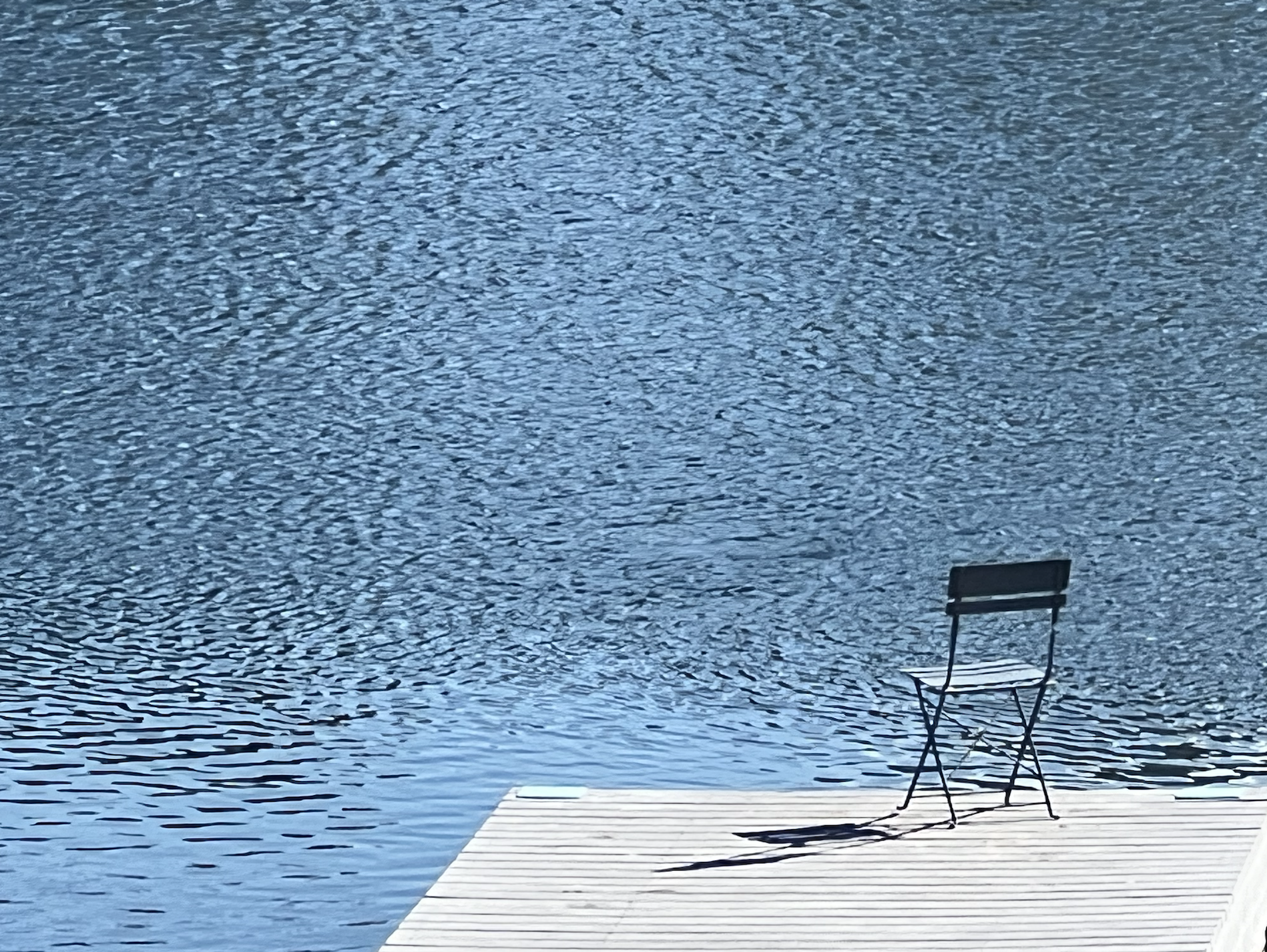
Books are tools, right?
For me they are. Some, of course, contain descriptions of tools. For me, however, most of my books provide ideas that help me to create tools.
Sometimes the tool is a story. Sometimes, an important phrase that I can link to personal experience and story. Sometimes, the tool is a framing, a simple set of premises that change how I / we look at our experience and make sense of it.
We humans are indeed sense-making creatures. We can’t help it any more than we can help breathing. And just like our breath is sometimes shallow barely reaching our lungs, so to can our sense-making be shallow. Or restricted. Or calcified.
We humans need to relearn and expand our sense-making. We need to reclaim our breath.
We do this together. It’s just different, and more, that what we do when we are alone. And, some of us humans need to do some of this alone. It’s what helps us be in the group with good contribution.
I continue to learn this.
The stack of books above is what I carried with me in recent travel and work. I know, it was a bit crazy. However, there were passages and phrases that I wanted to have with me. I wanted the energy of them with me. Some of them I even used.
From left to right, here’s a headline from the books above, some of the tools helping me and others to see and to be awake.
Participatory Leadership Journal (Kathleen Masters, Tenneson Woolf) — I love sharing this expression of Art of Hosting with faith community leaders.
Teaching With Fire (Sam Integrator, Megan Scribner, Parker Palmer and a bunch more) — Great poems and stories of the people that selected the poems that point back to an inner and outer fire.
The Invitation (Oriah Mountain Dreamer) — Expands on an invitation, often used, to get real. “It doesn’t interest me what you do for a living. I want to know what you ache for…”
Living Beautifully with Uncertainty and Change (Pema Chodron) — Invites us to lean in to the fundamental reality of a changing world within us and in the external.
The Seven Whispers (Christina Baldwin) — Christina has such a gift to distill complex life down to simple, yet profound practices.
The Exquisite Risk (Mark Nepo) — Ah, I love the depth that are in these essays that invite and challenge radical authenticity and honesty.
Walk Out Walk On (Margaret Wheatley, Deborah Frieze) — This book includes rich stories of real communities daring to step out of the paradigms and craft the future together from a different set of beliefs and practices.
The Circle Way (Christina Baldwin, Ann Linnea) — Circle is the most fundamental practice and skill to be able to go together. It takes us beyond tricks and manipulation to honest and humble listening together for wise action.
To Bless The Space Between Us (John O’Donohue) — Pick a poem, any poem. Pick a blessing, any blessing. He had a gift to invoke the real and the inspiring in all of us.
Improv Wisdom (Patricia Ryan Madson) — Improv may invite a lot of play. However, it also invites a deep quality of presence together and some alternative practices to get there.
A Hidden Wholeness (Parker Palmer) — I love how this book calls out more of the relationship between our inner worlds, and our outer worlds.
7 Paths to God (Jane Borysenko) — Points to the invisible and an inherent holism.
A Simpler Way (Margaret Wheatley, Myron Rogers) — This delicious book offers a new story to carry us into a more compelling and satisfying future together.
Tools.





